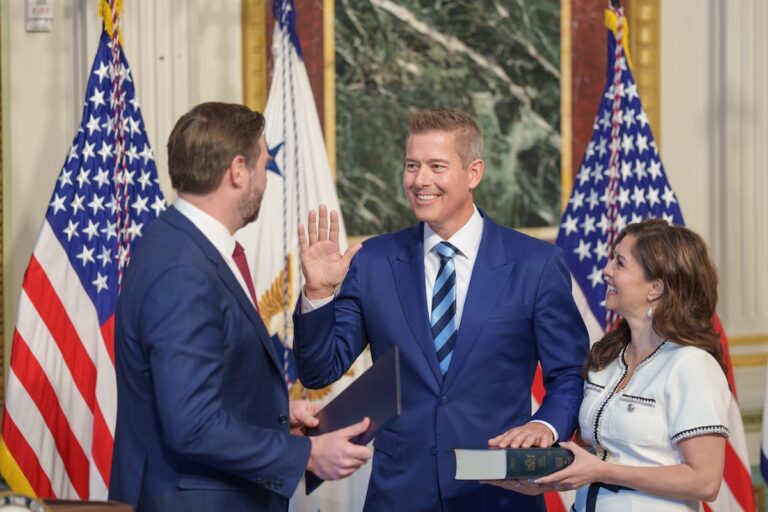Key Takeaways:
- A clandestine 1961 meeting at the Green Bank Observatory, attended by prominent scientists including Frank Drake, Carl Sagan, and John Lilly, marked the beginning of modern SETI research.
- The meeting's key outcome was the formulation of the Drake Equation, a tool for estimating the abundance of extraterrestrial civilizations, combining various scientific disciplines to guide SETI research.
- John Lilly's research on dolphin communication, though initially exciting to the attendees and considered relevant to SETI, was later deemed unreliable due to methodological flaws and the incorporation of psychedelic substances into his experiments.
- Despite Lilly's later work deviating from accepted scientific practices, the meeting established a framework for SETI research, and ongoing projects like the Breakthrough Listen Initiative continue to advance the search for extraterrestrial intelligence.
Let’s back up a moment. In 1958, a newly minted Harvard PhD named Frank Drake came to Green Bank. Usually he sought out typical radio astronomy targets — the Van Allen Belts around Earth, say, or the surface temperature of Venus, or the radiation belts of Jupiter.
But one day in 1960, Drake and his colleagues instead tuned into two nearby stars, Tau Ceti and Epsilon Eridani. Their goal was simple: they were alien hunting, hoping to hear radio communications originating from intelligent extraterrestrials.
UFOs were popular then, but Drake’s research was legitimate, one of the first dedicated scientific searches for aliens. Drake had been spurred on by Giuseppe Cocconi and Philip Morrison, who the previous year had co-authored a Nature paper with the provocative title “Searching for Interstellar Communications.” It remains a foundational SETI text.
Much to Drake’s surprise, his team actually heard something in those first few experiments. Unfortunately, it ended up being just a high altitude plane. Project Ozma, as the research was called (after L Frank Baum’s fictional monarch of Oz), was both the first SETI experiment and the first SETI false alarm.
“We had failed to detect a genuine alien signal, it was true, but we had succeeded in demonstrating that searching was a feasible, and even reasonable, thing to do,” Drake wrote in his book Is Anyone Out There?, co-written with science writer Dava Sobel.
While Drake was launching some of the first SETI programs, John Lilly — a physician, philosopher, writer and inventor — was attempting to communicate with his own alien intelligence. He just wasn’t looking quite as far.
Humans are, in fact, surrounded by intelligence. Our fellow great apes understand the rudiments of language, and seem to possess highly organized social structures, tool-making skills and self-awareness. Creatures literally great and small — elephants and crows — have many of these qualities as well. (Alas, the pig is also remarkably intelligent; your bacon was likely self aware.)
Intelligent life isn’t isolated to land, either. The octopus brain is one of the most remarkable on Earth, and its close cousin, the cuttlefish, is no slouch either. But the superstars of the sea, to most humans, are marine mammals, especially dolphins and whales.
Lilly wanted to understand and communicate with dolphins — literally, to speak their language. And his ideas were taken seriously. He founded the Communication Research Institute in the late 1950s, and published research suggesting that his attempts to talk to dolphins were working.
He also saw the experiments as a way to help efforts to contact aliens. If we can crack the code of dolphin language, Lilly thought, we might just have a shot at decoding other alien communication, too.
Now, back to that clandestine 1961 meeting at Green Bank.
The Space Science Board, a branch of the National Academy of Sciences, had tasked scientist and ballistics expert J.P.T. Pearman with putting together a meeting to expand the search for alien intelligence. While it wasn’t officially a secret meeting, it wasn’t well publicized either, since the topic was still considered one of the fringes of established research. No one wanted to put their career on the line to search for little green men.
Counting Pearman, the gathering included 10 scientists. Drake and Lilly were there, of course, as well as Drake’s inspiration Morrison. Also in attendance were radio expert Dana Atchley,pre-eminent biochemist Melvin Calvin, optical astronomer Su-Shu Huang (who first conceived of stars having “habitable zones”), computing pioneer Barney Oliver and Russian radio astronomer Otto Struve. The final attendee was a young Carl Sagan, now perhaps the best known of the bunch.
(One more unofficial attendee: A supply of champagne to celebrate the likely announcement of a Nobel Prize for Calvin’s work on plant photosynthesis.)
The biggest outcome of the conference was the Drake Equation. To know if aliens were out there, it helped to have an idea of how abundant they might be. The equation quantified estimates of star formation, planet formation, the likelihood of intelligent life arising and other factors necessary for intelligent life to exist. Written out, the final equation is N = R* • fp • Ne • fl • fi • fc • L.
Despite its output of hard numbers, the Drake Equation is more symbolic than descriptive, a thoughtful tool to guide how scientists should think about looking for alien life. It set the tone for SETI and how it would be carried out in the subsequent decades, and offered a way forward for research that combined various legitimate scientific disciplines.
As it happened, Calvin did win the Nobel, and the attendees indeed busted out the bubbly. But Lilly became another star of the show. Drake would write that, “Much of that first day, he regaled us with tales of his bottlenosed dolphins, whose brains, he said, were larger than ours and just as densely packed with neurons. Some parts of the dolphin brain looked even more complex than their human counterparts, he averred. Clearly, more than one intelligent species had evolved on Earth.”
Lilly told the attendees he also heard signs of language, and empathy, in recordings of the dolphins. “In fact, if we slowed down the playback speed of the tape recorder enough, the squeaks and clicks sounded like human language,” Drake wrote. “We were all totally enthralled by these reports. We felt some of the excitement in store for us when we encounter nonhuman intelligence of extraterrestrial origin.”
Lilly’s research generated so much excitement that, by the end of the conference, the attendees called themselves the Order of the Dolphin. Calvin, in his post-Nobel joy, even went on to send commemorative pins to the attendees. “He caused to be made these little pins which had silver dolphins on them, which he sent to all of us,” Morrison told David Swift, author of the book SETI Pioneers. “It wasn’t that we ever had meetings or chose officers of the Order of the Dolphin. It was just a souvenir of the particular time together.”
Their excitement may have been a little hasty. “In retrospect,” Drake wrote, “I now think that Lilly’s work was poor science. He had probably distilled endless hours of recordings to select those little bits that sounded humanlike.” He wasn’t alone.
“At that time we were quite enthusiastic about it because John Lilly came and told us about communications with dolphins,” Morrison told Swift. “Within a few years, the subject had pretty much dissipated, and Lilly’s work was not found to be reliable.”
Shortly after the Order of the Dolphin meeting, Lilly began incorporating ketamine and LSD (legal at the time) into his experiments, hoping it would help him communicate better with dolphins. While Sagan visited the early experiments, reporting back to Drake on Lilly’s progress, as the science became hazier Sagan’s interest drifted as well. The work has tainted attempts to understand the intelligence of dolphins ever since.
But while he may have veered into the realm of pseudo-science, Lilly did provide one useful guideline for future SETI efforts. “We came to a general conclusion … that in order to make any sense out of an alien language you had to hear a conversation between two of them,” Calvin told Swift. “You had to sit between them and hear a call and a response. You couldn’t just hear one side of the conversation, you couldn’t just receive.”
Despite Lilly’s departure from legitimate science, the Order of the Dolphin’s legacy is assured. The Drake Equation remains a useful way to frame SETI research today, and the scientific advances we’ve made in quantifying its pieces are significant. We’ve found thousands of planets in other star systems and understand them better than ever — within the next few years, we’ll probably know not just if a world is in the habitable zone, but whether it’s truly habitable.
And more resources than ever are pouring into SETI efforts, thanks in part to a $100 million project from Russian billionaire Yuri Milner called Breakthrough Listen. Even if that effort fails to find intelligent aliens, increased exploration efforts by NASA and other agencies may just find evidence of life closer to home, either in Mars’s past, or today on the moons Enceladus, Europa, Titan or Triton.
In other words, scientific literature on aliens may be a reality in the next few decades. While the man who gave the Order of the Dolphin its name may have descended into the fringes, the work of the order itself continues, vital as ever.
This story originally appeared on Discovermagazine.com.













